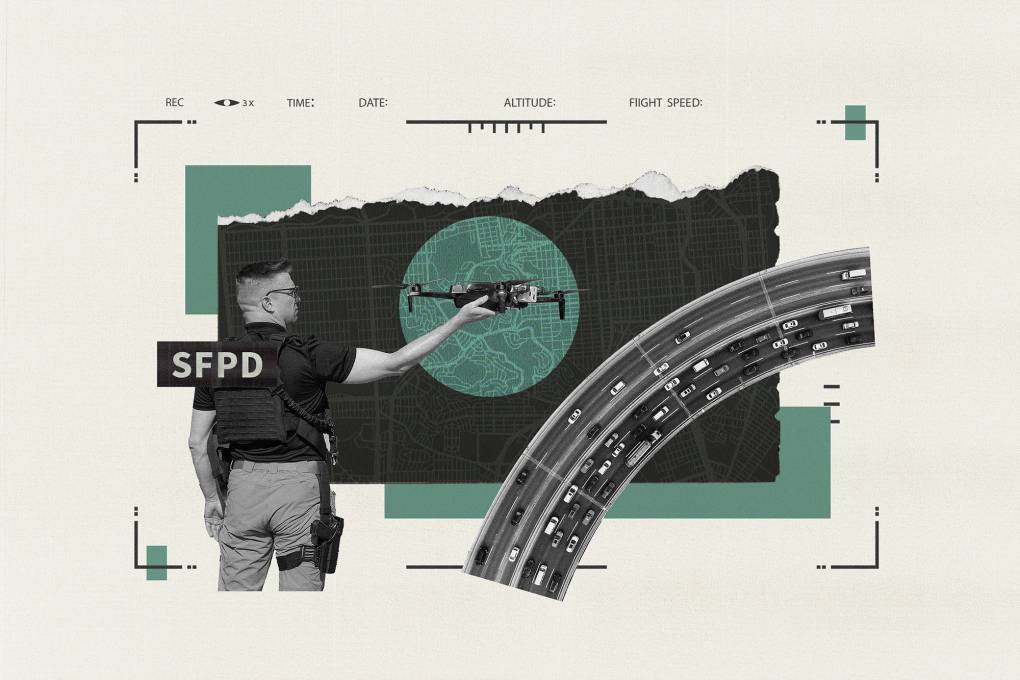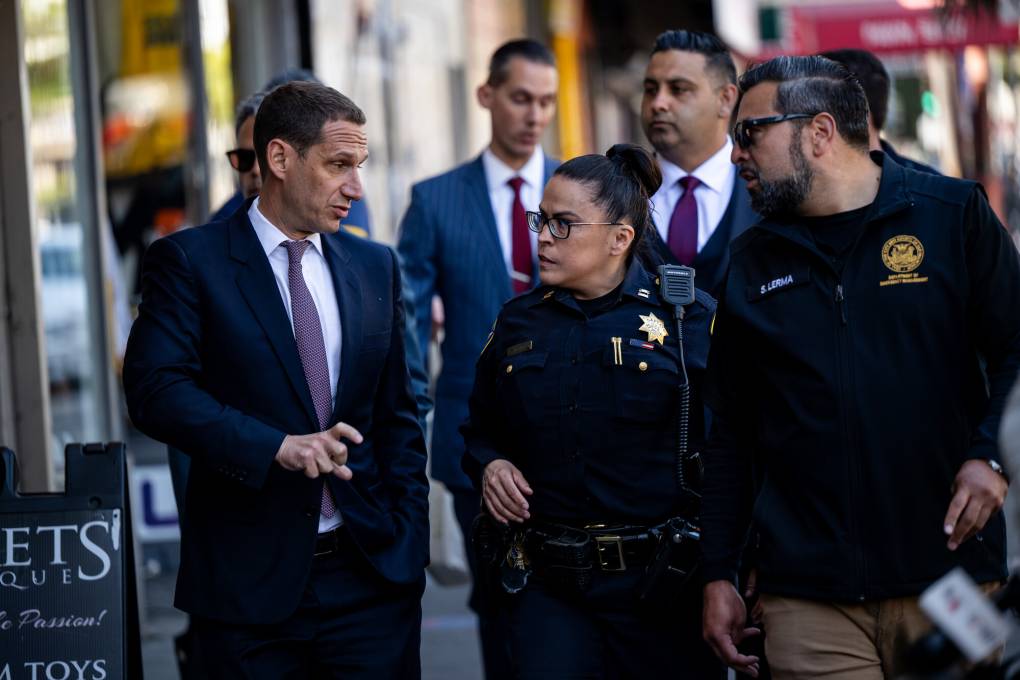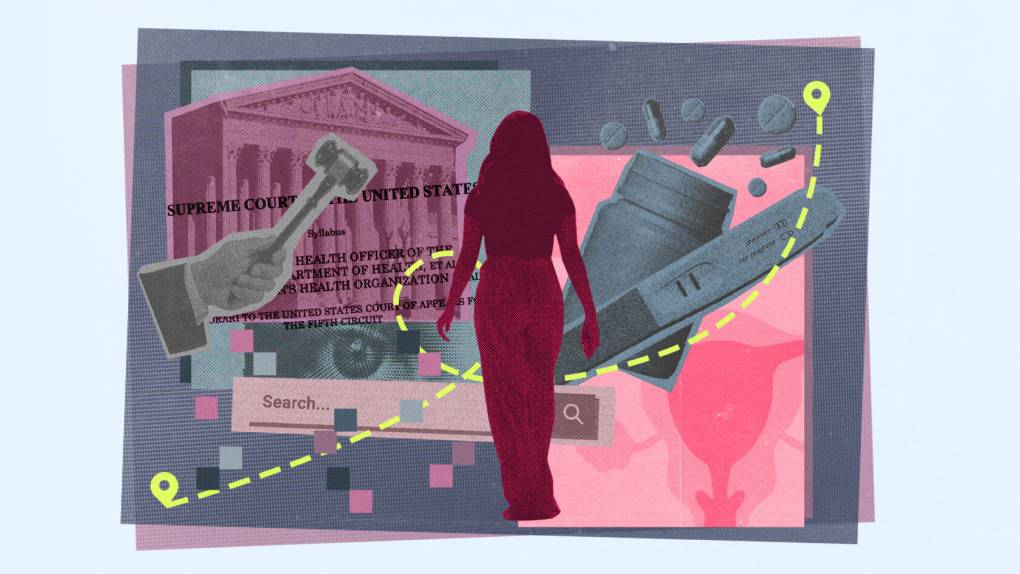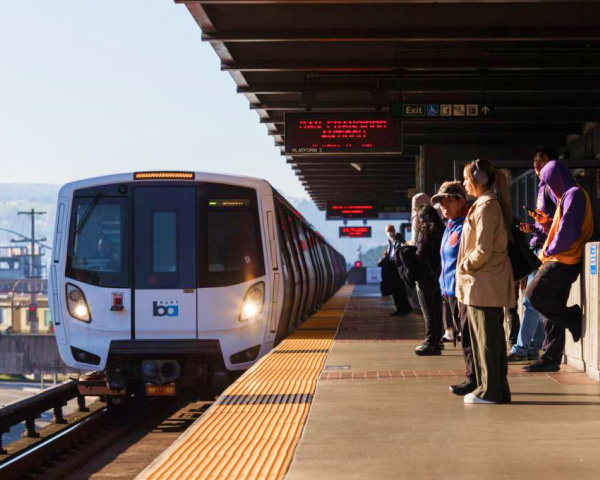“Your phone is constantly recording all types of things, all the time,” he said. “This data is being sent to third party data brokers. It’s being sent to Google, Apple, all of the above. And police can gain access to that information.”
Should I bring my phone to a protest?
Couts said that weighing whether to bring your phone to a protest is probably “one of the biggest, most direct” decisions you could make with your safety in regards to protest surveillance.
If you want to be completely anonymous — that is, for your phone to have no geographic record that you’d been in the same space as a protest — you would need to leave your phone at home, Couts said.
But in addition, protesters should also “assume that you are being recorded constantly,” he said, whether you have your phone with you or not. You should also assess whether or not you want to post on social media, he recommended.
“It’s not just your phone — it’s everybody else’s phones,” he said. “It’s the videos and live streams and photos that everyone else around you is taking, in addition to police body cameras and any other kind of police surveillance that’s happening.”
Why might I want to keep my phone with me at a protest regardless?
For many protesters, recording police activity is a vital tactic to provide evidence of any potential misconduct, and to offer counternarratives to official police accounts. (KQED has a thorough guide on your rights when filming police encounters.)






